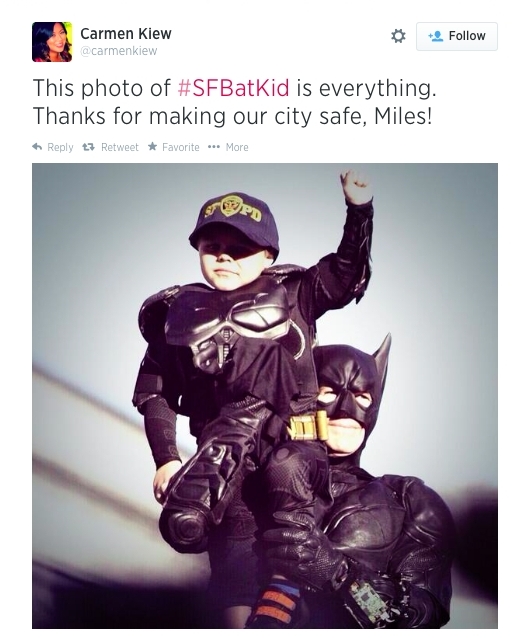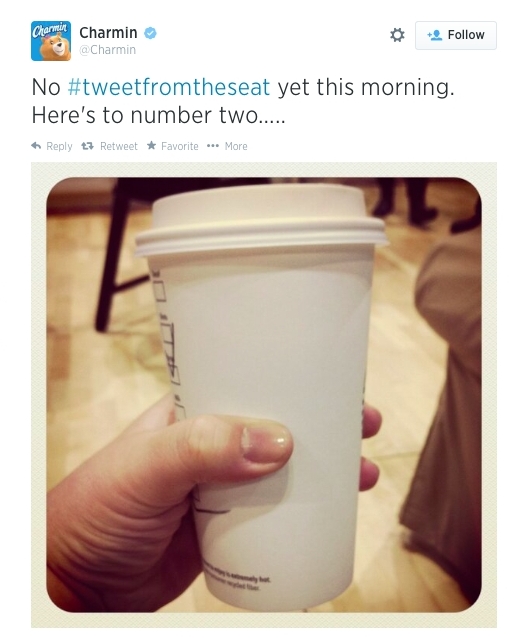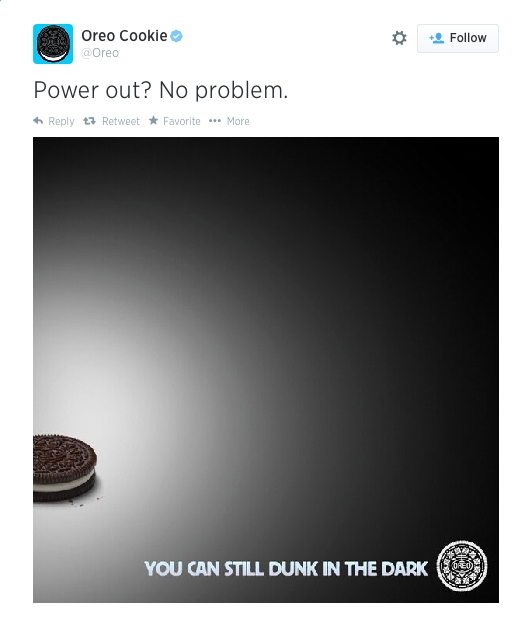Deconstructing the Viral Hashtag
August 2014
By Kimberly Barnes
Pick your platform — whether it’s print advertising, video, Instagram, Pinterest, Facebook or Twitter – hashtags have overtaken them all. Handy, catchy and often irreverent, hashtags are quickly becoming a mainstay of modern marketing. Like every aspect of marketing, though, some brands are more adept than others at creating hashtags that drive awareness and engage the public.
As a marketing tool, hashtags can be a bit of an enigma. Many times the best ones are spontaneous and random. They have an incredibly short lifespan, and there’s no way to control them once they’re out there. So what exactly makes one hashtag succeed wildly while another one plummets into instant obscurity? Why are some hashtags so memorable and others imminently forgettable?
The short answer: The most effective hashtags appeal to a wide range of people because they key into the human psyche in a powerful way. Let’s deconstruct a few of the most viral and memorable hashtag campaigns of the past few years and uncover the secrets of their success:
The appeal of social currency: #firstworldproblems
The nonprofit organization Water is Life (http://www.waterislife.com) was looking for a way to raise money to supply clean water to villages in developing countries. And they hit on an innovative way to do it, with a video and print campaign that capitalized on the popularity of the existing hashtag
#firstworldproblems by juxtaposing the perceived problems of Americans against the all-too-real struggles experienced by those in less fortunate nations around the world.
In the documentary-style video, complaints from actual #firstworldproblems tweets – including “I hate it when I go to the bathroom and forget my phone” and “My son got the wrong toy in his Happy Meal” – are read aloud by impoverished Haitian families. The stark contrast in conditions really struck a chord with viewers, who discovered newfound perspective on just how lucky they are to have such superficial issues.
The campaign took off, with the video drawing a million views in just four days and response that generated enough donations to supply clean water to impoverished communities for a million days, according to Water is Life.
The psychological appeal of this campaign and its signature hashtag is an interesting one. It leverages the natural human desire to accumulate social currency — to appear generous or to “look good” to our peers — to drive people to perform acts of generosity they might otherwise not consider. By poking a bit of gentle fun at the public while educating them to issues of real concern, Water is Life created a tidal wave of awareness and action.
The appeal of emotion: #SFBatKid

There’s no doubt about it: people share content that inspires strong emotions, and the
BatKid story was one of the most emotionally appealing stories of 2013.
The campaign, which was spearheaded by the Make-A-Wish Foundation, reached out to the city of San Francisco to help make a little boy’s dream come true. And five-year-old Miles Scott, who is currently in remission from life-threatening leukemia, got his dream — and then some.
Powered by the Twitter handle
#SFBatKid, the Make-A-Wish Foundation originally hoped to attract 200 volunteers in their effort to help Miles become Batman for a day. But the story and the hashtag caught fire, and the foundation was inundated by responses from as far away as Norway and Australia. About 10,000 San Franciscans turned out to watch as BatKid saved them from several dastardly villains. Even the mayor got into the act, giving Miles the key to the city as thousands of spectators watched from the steps of City Hall.
It’s important to note that although this could have been framed as a sad story, it wasn’t. Sadness evokes a low-energy response that rarely results in action. Instead, the uplifting #SFBatKid campaign inspired a whole city to act by appealing to the most positive human emotion: hope.
The appeal of humor: #tweetfromtheseat

Who knew toilet paper could be so funny? In a cleverly designed campaign, Charmin managed to get people laughing in and out of the bathroom by transforming a
taboo behavior into an ongoing conversation with their playful
#tweetfromtheseat.
With a little wink and some witty repartee, Charmin’s #tweetfromtheseat campaign incorporates current events and other brands into their Twitter feed — and the public loves it. As a result, they’ve turned a mundane household product into something special and built a huge, highly engaged following at the same time. It’s truly an inspired campaign, with an appeal that’s simple but nevertheless effective. After all, people do love potty humor.
The dual appeal of practical value and social proof: #40dollars
Talk about the power of a tweet: the Obama White House used the hashtag
#40dollars to great effect to
lobby for an extension on the payroll tax cut.
The campaign began in February 2012 when the President tweeted “Taxes will go up for 160 million Americans by the end of this month if Congress doesn’t act. What does #40dollars a paycheck mean to you?” People all over the country responded — and a Congress infamous for not passing legislation was convinced to extend the tax cuts for the rest of the year.
The #40dollars hashtag worked on two different levels: It inspired a response from Twitter users because it asked them to consider something of practical and personal value — what would an extra $40 mean to them? And it inspired action from Congress because humans are wired to respond to social proof. In other words, people embrace an idea or an action more easily when they see others agreeing with it.
#thebottomline

Even hashtags that seem to be completely spontaneous — and lucky at that — are often the result of some serious planning. (Check out Oreo’s
#dunkinthedark Super Bowl tweet for a
great example.)
If your business is looking to leverage the power of hashtags to create a lasting impression, you can use these notable success stories as your model. Spend some time strategizing. Think about what type of appeal will work best for your brand, and make a deliberate effort to tap into it. Be thoughtful, be creative and be daring! If you can hit the right notes, you’ll not only be the brand of the moment but the one that people will be talking about for weeks, months and even years to come.
Kimberly Barnes is a digital marketing specialist turned freelance writer born back when Apple was called “Apple Macintosh,” floppy disks were actually floppy, and #2 pencils were the best way to rewind unraveled cassette tapes. Most days you'll find her summoning her muse while drinking a non-coffee beverage in Starbucks.